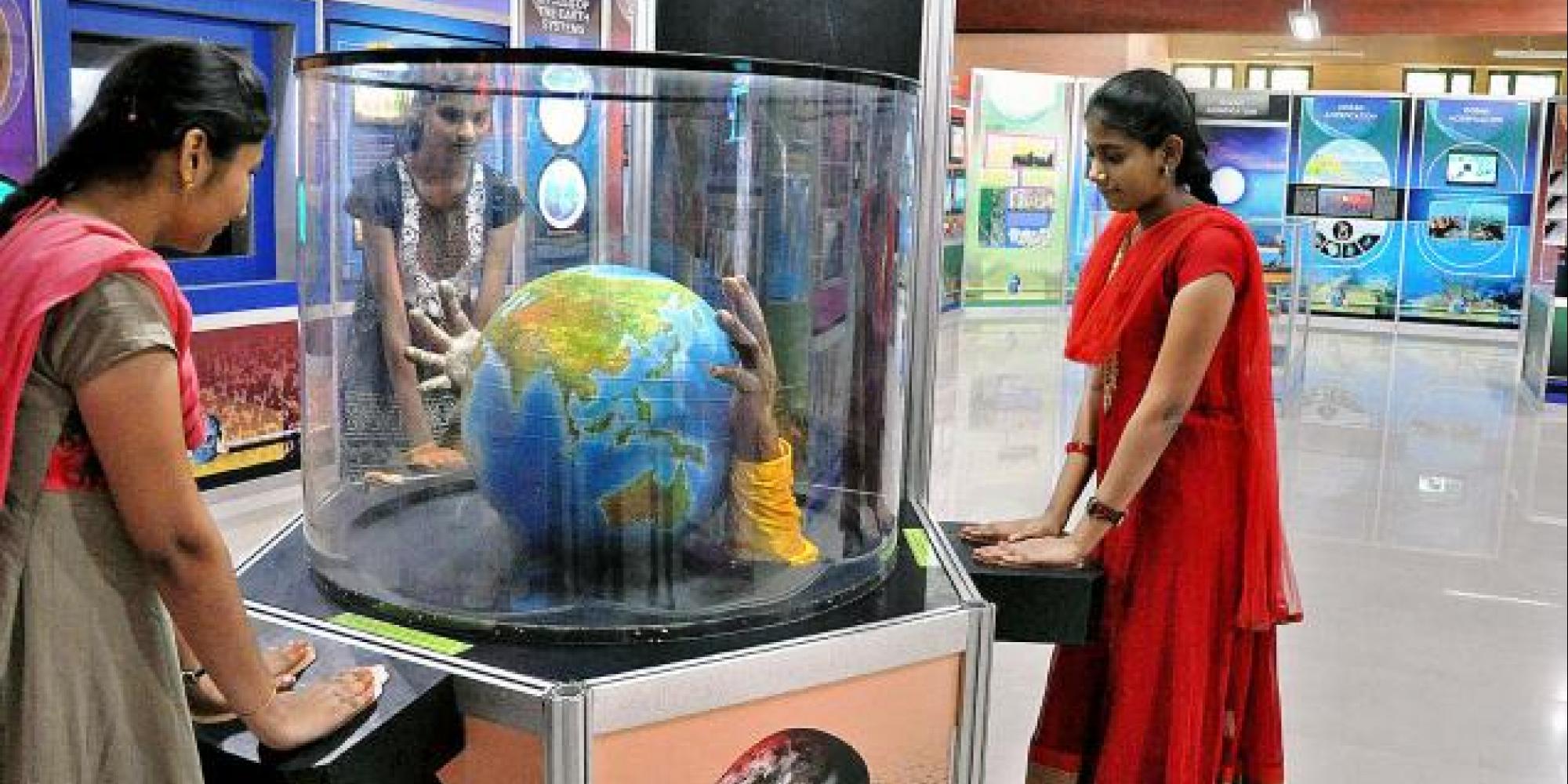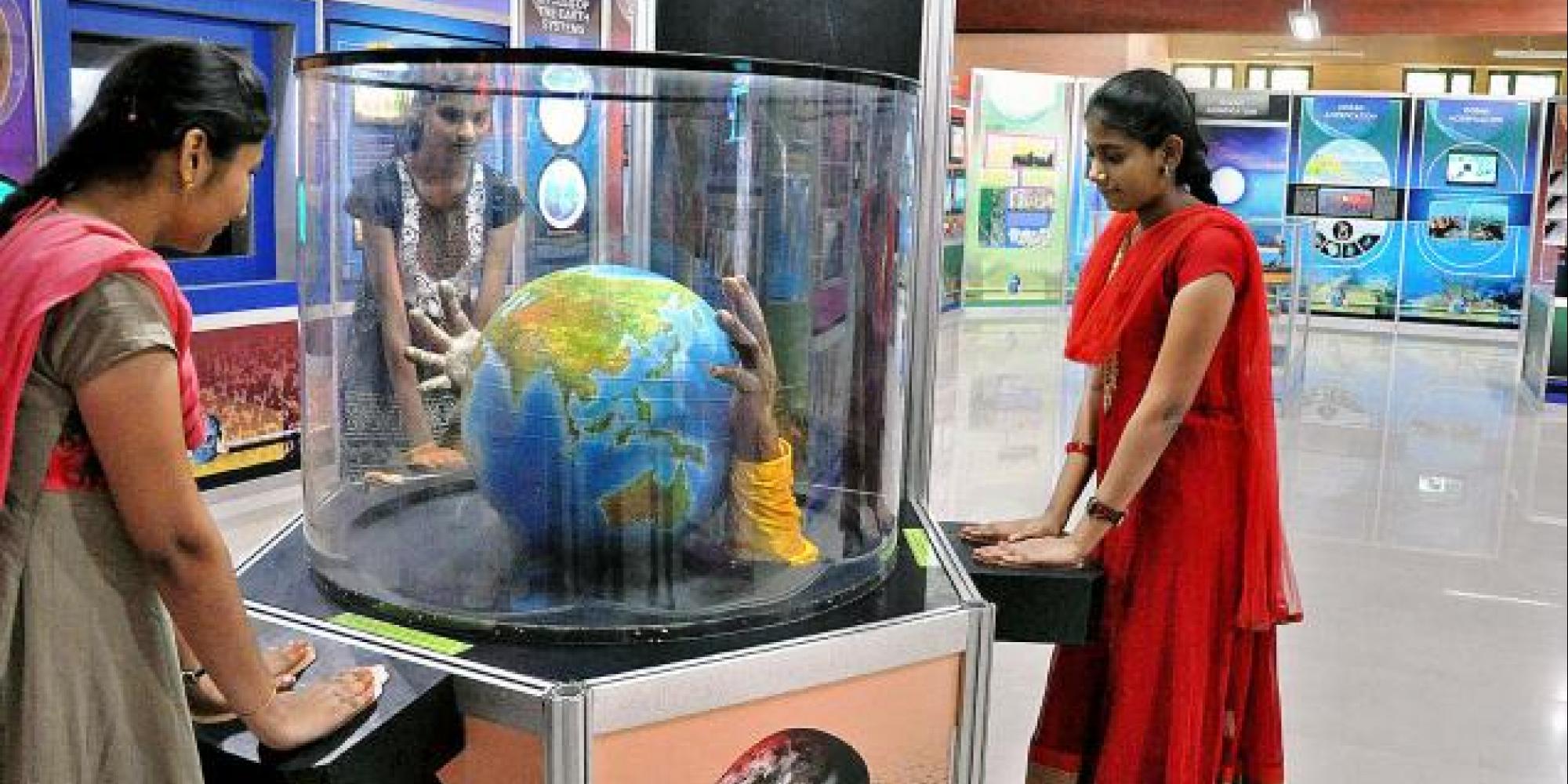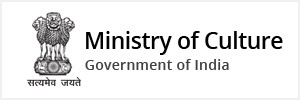Girls having a look at an exhibit at the travelling exhibition at the Regional Science Centre in Tirupati on Sunday. —Photo: K.V. Poornachandra Kumar
Most of us know that King Ashoka promoted tree-plantations alongside roads in a big way.
Had we cared to listen to his sage advice, we would have been in a position to prevent the damage caused to Mother Earth today.
One of Ashoka’s rock edicts, considered narrative history, finds a place in the travelling exhibition ‘Planet under pressure’, organised by the National Council of Science Museums and is currently on display at Regional Science Centre, Tirupati. The expo seeks to take the message of growing pressure on Mother Earth to the next generation.
The series of exhibits shows how the ecosystems as diverse as Amazon rainforest or Arctic tundra are approaching thresholds of change through warming and drying and the mountain glaciers are alarmingly retreating.
The formation of a massive lake in Cho Oyu region from the ice and snow, possibly due to the retreat of Kyetrak, a Himalayan glacier over a period of 90 years, is also well portrayed.
It effectively depicts the ecological degradation, especially due to human intervention, in a chronological order. The comparative images of Brazil before 1992 and after 2006, shows a fall in greenery due to extensive deforestation and shrinkage of Aral Sea between Kazakhstan and Uzbekistan at an alarming rate.
Fragile coastline
Similar damage to the fragile coastline is evident off the Mundra Port on Gulf of Kutch, where 60,000 workers are employed in coal handling.
The vulnerability of 1200 tropical islands of Maldives to rising sea levels, since 80 per cent portion of it is less than 1m above sea level, makes it a ‘disappearing country’.
A massive engineering projects on Dubai coast, developed from sand dredged from sea floor, is another form of human encroachment into the serene nature.
“After successful display in Mumbai and Mangalore, the exhibition is here to kindle scientific temper of Tirupati students”, says RSC project coordinator R. Manigandan. The exhibition will be on for a month. Details can be acquired by calling 0877-228 6202.
Courtesy: The Hindu








